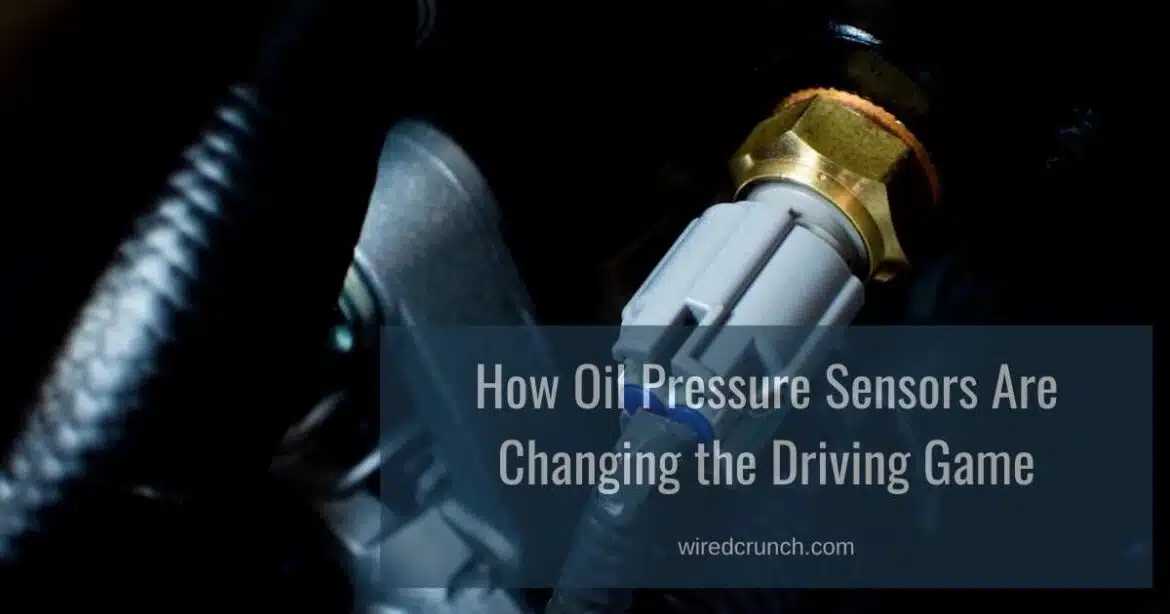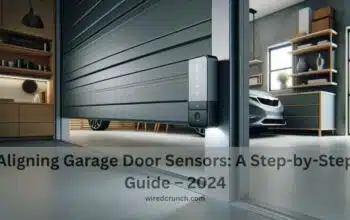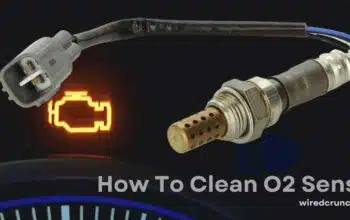Learn how these innovative technologies are reshaping vehicle performance and safety, setting new standards for the driving experience. Oil pressure sensors also help predict problems. They watch oil pressure closely. If something’s wrong, they warn before it gets bad. This helps avoid big problems and saves money on repairs. Oil pressure sensors aren’t just technical. They also make driving better for us. They connect to smart car systems. These systems tell us how our car is doing. With oil pressure info, we can take better care of our car and drive safer.
Table of Contents
Why Oil Pressure Sensors Are Changing the Driving Game:
In my experience, witnessing the evolution of oil pressure sensors has been truly remarkable. These tiny yet powerful devices are transforming the driving experience in ways we never imagined. I remember a time when monitoring oil pressure meant relying solely on manual gauges and periodic checks under the hood. It was a cumbersome process, often prone to human error and oversight.
But now, with the advent of advanced oil pressure sensors, everything has changed. These sensors act as vigilant guardians, constantly monitoring the vital signs of our vehicles’ engines with precision and accuracy. They provide real-time data, allowing drivers to stay informed about the health of their engines at all times.
One particular experience stands out in my memory. I was on a road trip with friends when suddenly, a warning light illuminated on the dashboard. Initially, it sparked concern and uncertainty. However, thanks to the oil pressure sensor, we were able to quickly diagnose the issue and take appropriate action. It turned out to be a minor issue that we could address promptly, preventing any further damage or inconvenience.
This experience highlighted to me the invaluable role that oil pressure sensors play in modern driving. They not only enhance performance but also contribute to safety and peace of mind on the road. As technology continues to advance, I’m excited to see how these sensors will further revolutionize the driving game in the years to come.
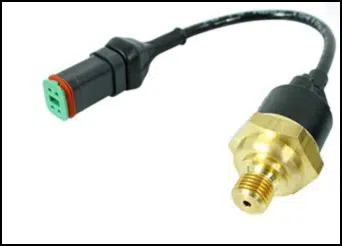
Why is it important?
thanks to oil pressure sensors. These special gadgets are like super detectives inside cars, always keeping an eye on the engine. They help drivers know if something’s not right with the engine’s oil pressure, which is super important for how the car works. With these sensors, driving is becoming safer and more reliable. So, next time you’re on the road, remember, it’s all thanks to oil pressure sensors that the driving game is changing for the better
The Heartbeat of Your Engine: Understanding Oil Pressure
It was not just a matter of convenience; it was a matter of safety. The oil pressure sensor was more than a mere gadget; it was my silent companion, standing guard over the heart of my car and, by extension, my own well-being. It was not just a matter of convenience; it was a matter of safety. The oil pressure sensor was more than a mere gadget; it was my silent companion, standing guard over the heart of my car and, by extension, my own well-being.
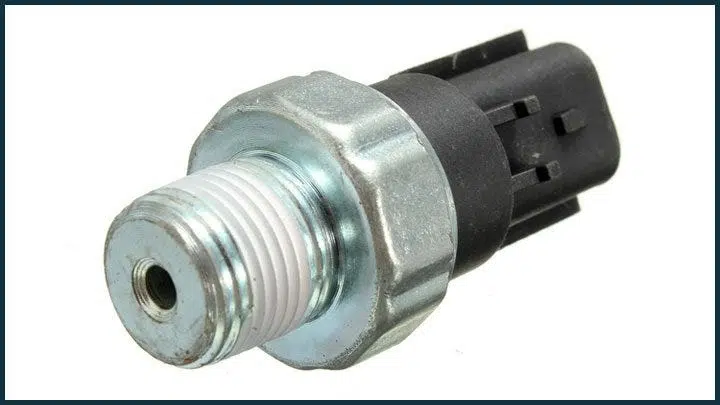
Does oil pressure change while driving?
Amidst the rhythmic hum of the engine and the ever-changing landscape outside my window, I found myself pondering the fluctuations of oil pressure and their implications for my journey. It was during a particularly steep ascent through the mountains that I witnessed firsthand the dynamic nature of oil pressure.
Why replace oil pressure sensor?
So, why replace the oil pressure sensor? Because in the intricate dance of automotive engineering, every component plays a vital role, and ensuring the proper function of each is essential to maintaining the health and performance of our vehicles.
The key components of an oil pressure sensor typically include:
- Pressure Sensor Element: This is the core component responsible for detecting the pressure of the oil within the engine. It converts the mechanical force exerted by the oil into an electrical signal.
- Housing or Casing: The sensor is housed within a protective casing or housing, which shields it from environmental factors such as heat, vibration, and moisture.
- Connector: A connector is attached to the sensor, allowing it to communicate with the vehicle’s electronic control unit (ECU) or engine management system.
- Seals and Gaskets: Seals and gaskets ensure that the sensor remains watertight and prevents oil leaks, maintaining the integrity of the system.
- Wiring: Electrical wiring connects the sensor to the vehicle’s electrical system, facilitating the transmission of data to the ECU or dashboard display.
- Mounting Hardware: Mounting hardware, such as bolts or brackets, secures the sensor in place within the engine compartment.
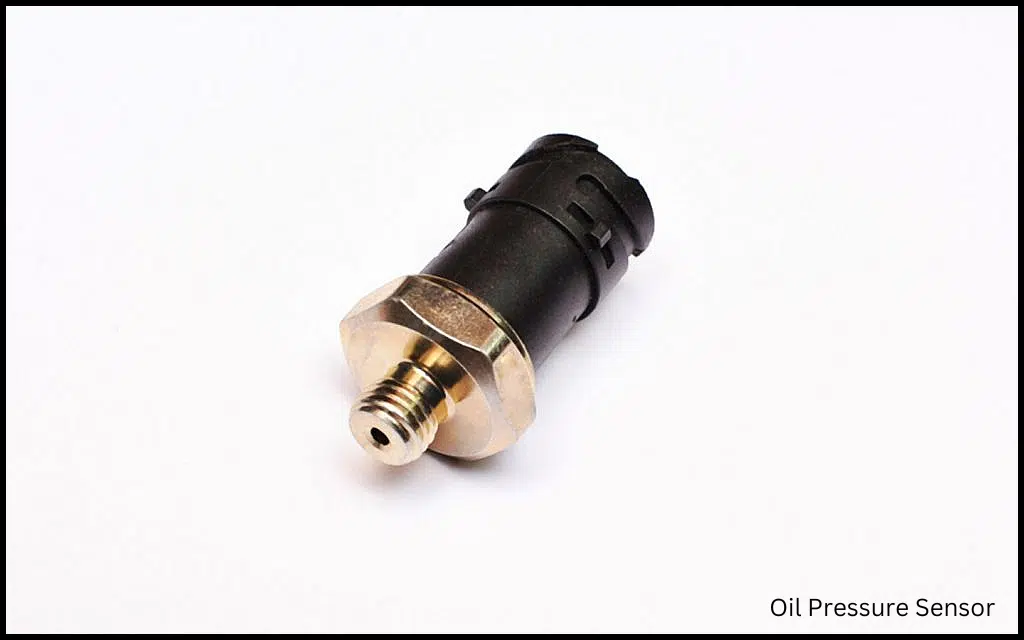
Delving into the Vital Role of Oil Pressure Sensors in Preserving Engine Health
Embark on an exploration of the indispensable function played by oil pressure sensors in safeguarding engine health. Discover how these sensors monitor oil pressure levels, ensuring optimal lubrication and performance for your vehicle’s engine. Learn why their precise readings are crucial for early detection of potential issues, allowing for timely maintenance and preventing costly repairs. Dive into the intricate workings of oil pressure sensors and uncover their pivotal role in maintaining the longevity and efficiency of your engine
Different Types of Pressure Oil Sensors
There are several types of oil pressure sensors commonly used in automotive applications, each with its own design and functionality. Some of the different types include:
- Mechanical Oil Pressure Sensors: These sensors utilize mechanical components, such as diaphragms or springs, to measure oil pressure. They typically rely on a mechanical gauge to display pressure readings.
- Piezoelectric Oil Pressure Sensors: Piezoelectric sensors generate an electrical charge in response to applied pressure. They are highly sensitive and can provide precise pressure measurements.
- Strain Gauge Oil Pressure Sensors: These sensors use strain gauges to detect changes in the shape or deformation of a material when pressure is applied. They are commonly used in modern vehicles for their accuracy and reliability.
- Digital Oil Pressure Sensors: Digital sensors convert pressure readings into digital signals, which can be easily processed by a vehicle’s electronic control unit (ECU) or displayed on a digital dashboard.
- Variable Reluctance Oil Pressure Sensors: These sensors rely on changes in magnetic reluctance to detect pressure variations. They are often used in conjunction with other types of sensors for comprehensive engine monitoring.
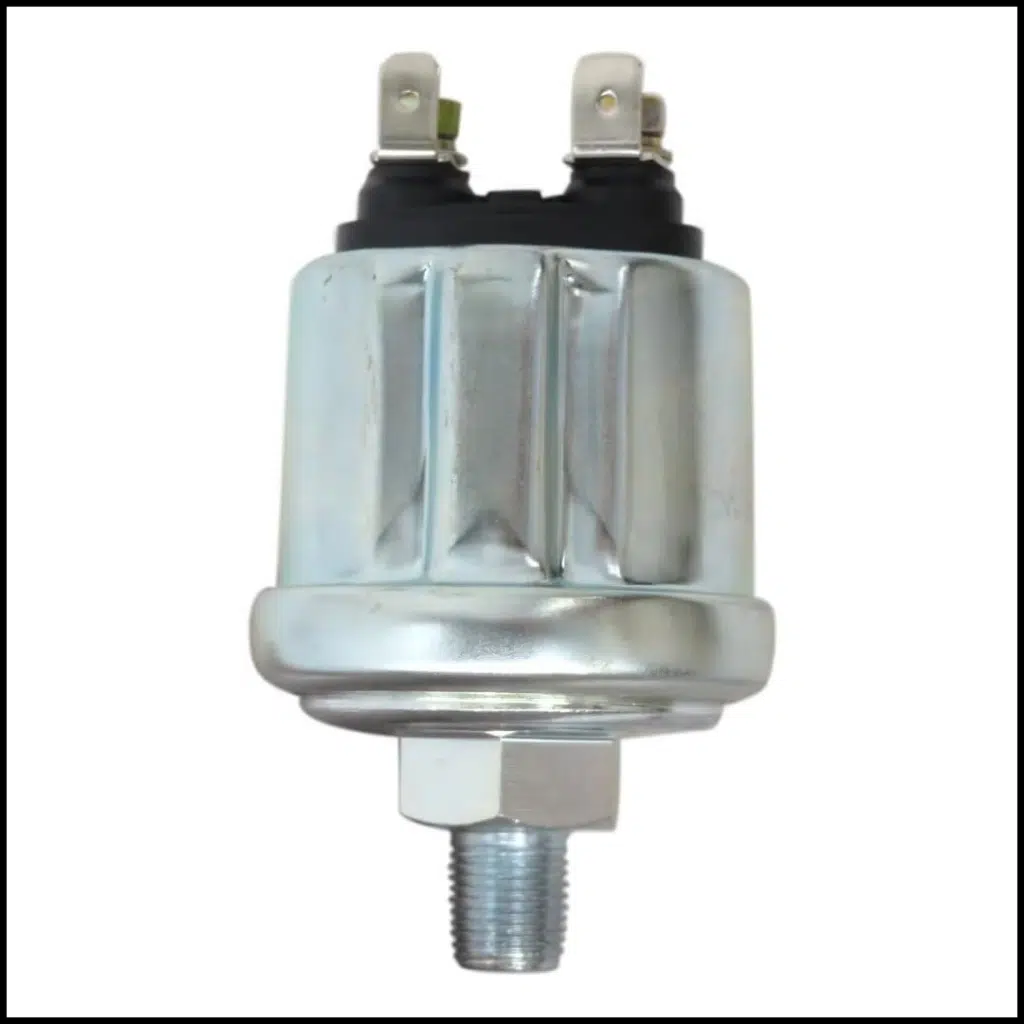
Warning Systems: Informing Drivers About Possible Concerns
The primary role of the oil pressure sensor is to act as a vigilant guardian, constantly monitoring for signs of trouble. However, when pressure falls below safe thresholds, the sensor promptly activates its internal mechanism to send a high-priority signal to the ECU. This initiates the:
- Oil stress warning mild: When the illuminated symbol appears on your dashboard, it’s the sensor’s signal that it requires attention. It indicates a significant drop in oil pressure, prompting you to cease driving and investigate the issue.
- Engine limp mode: In more severe scenarios, the ECU might activate limp mode, reducing engine power and preventing additional damage. This serves as a powerful deterrent, urging you to promptly have your vehicle inspected.
Exploring the intricacies of oil pressure sensors and their intricate communication with the ECU reveals their critical role in safeguarding your engine’s well-being. Disregarding their alerts could result in costly repairs or even engine damage. Let’s embark on this journey together, delving into the factors influencing oil pressure and equipping you with troubleshooting tips to ensure your engine runs smoothly!
Installation and Maintenance of Pressure Oil Sensors
Installing a pressure oil sensor may seem simple, but it demands careful attention to detail to ensure proper installation. The sensor must be placed in the engine’s oil passage, ensuring direct contact with the oil. It’s essential to adhere to the manufacturer’s instructions during installation to prevent any harm to the sensor or the engine.
Regular maintenance of the pressure oil sensor is vital to uphold its longevity and functionality. This involves routinely examining the sensor for any indications of wear or damage and verifying its accuracy through testing. Should the sensor prove faulty or inaccurate, immediate replacement is necessary to avert potential engine damage.
Conclusion:
In conclusion, the evolution of oil pressure sensors is revolutionizing the driving experience. These sensors serve as silent guardians, continuously monitoring oil pressure levels to ensure optimal engine performance and longevity. With their ability to detect potential issues early on, they empower drivers to take proactive measures to maintain their vehicles.
As automotive technology advances, oil pressure sensors play an increasingly crucial role in enhancing safety, efficiency, and reliability on the road. By understanding their importance and ensuring proper installation and maintenance, drivers can enjoy a smoother and more dependable driving experience.
In this ever-changing landscape of automotive innovation, oil pressure sensors are indeed changing the driving game for the better, paving the way for a future of enhanced performance and peace of mind on the road.
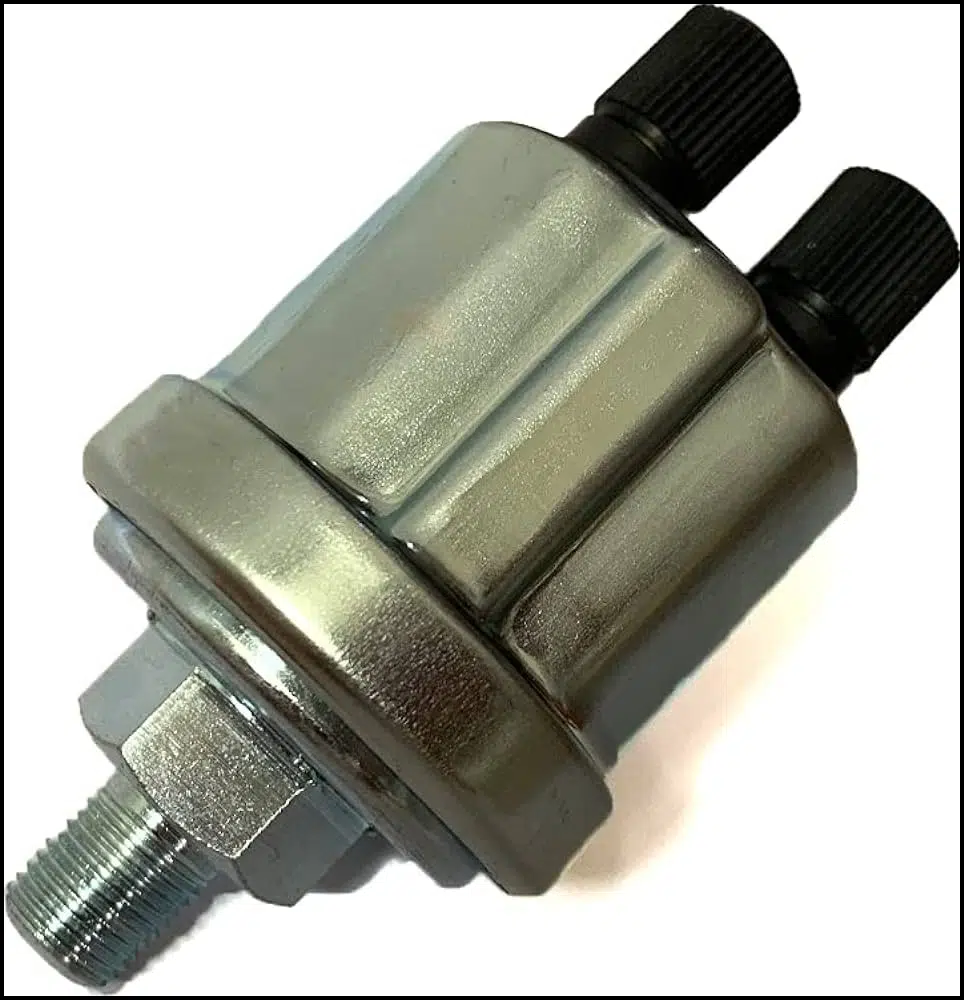
Frequently Asked Questions (FAQs)
Some have asked the questions in a reddit thread. Some users have recommended it. here are threads.
Is it easy to change an oil pressure sensor?
Changing an oil pressure sensor can vary in difficulty depending on the make and model of your vehicle and its accessibility within the engine compartment. In general, if you have some mechanical aptitude and the necessary tools, it can be a relatively straightforward task.
Is it OK to drive if oil pressure sensor is bad?
The issue could be an actual loss of oil pressure inside the engine. So, to minimize the chance of costly internal engine damage, you should shut the car off immediately whenever there’s a low oil pressure warning displayed on the dash. Then have the vehicle towed to your destination of choice for diagnosis
Driving With the Oil light On?
I’m sure the title immediately stirred up a lot of people but I do know NOT to drive with the red oil light on. Though I am curious how true that is? Obviously it is not good and you are probably causing some damage for letting it even get to that point but is there no acceptable amount of driving to at least get home and avoid towing? Why would manufacturers make a warning system that only lets you know at the moment your engine could incur serious damage? If anyone one knows specifically for a 2005 corolla that would be great. Again I haven’t done this but wondered why it is like this.
What are the risks of driving a vehicle with a faulty oil pressure sensor/switch if you regularly check the oil levels until it’s fixed?
Well if it’s just the sensor that’s not working then as long as you don’t drive harder than you normally do then there shouldn’t be a problem. If the car doesn’t lose oil or get too hot then it shouldn’t be anything to worry about. Now if the car does have a history of bad oil pressure then you shouldn’t drive it unless you want to roll those dice.
I have a professional background with a Diploma in Information Communication Technology, which brings a blend of technical expertise and creative flair to my writing. Currently, I serve as a writer for Creativeoutrank LLC and contribute to their various websites.
I’m writing is a ref... Read more
